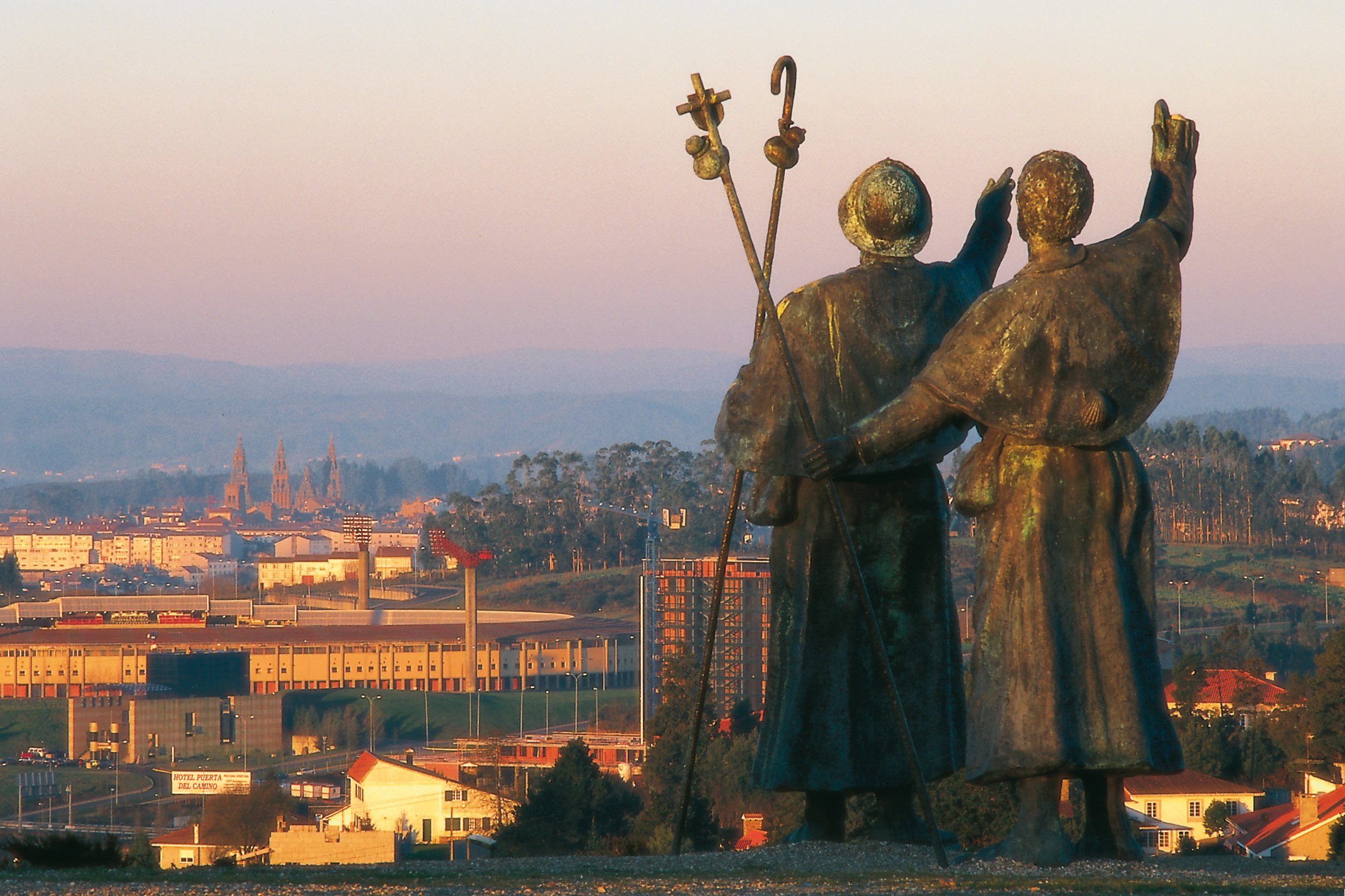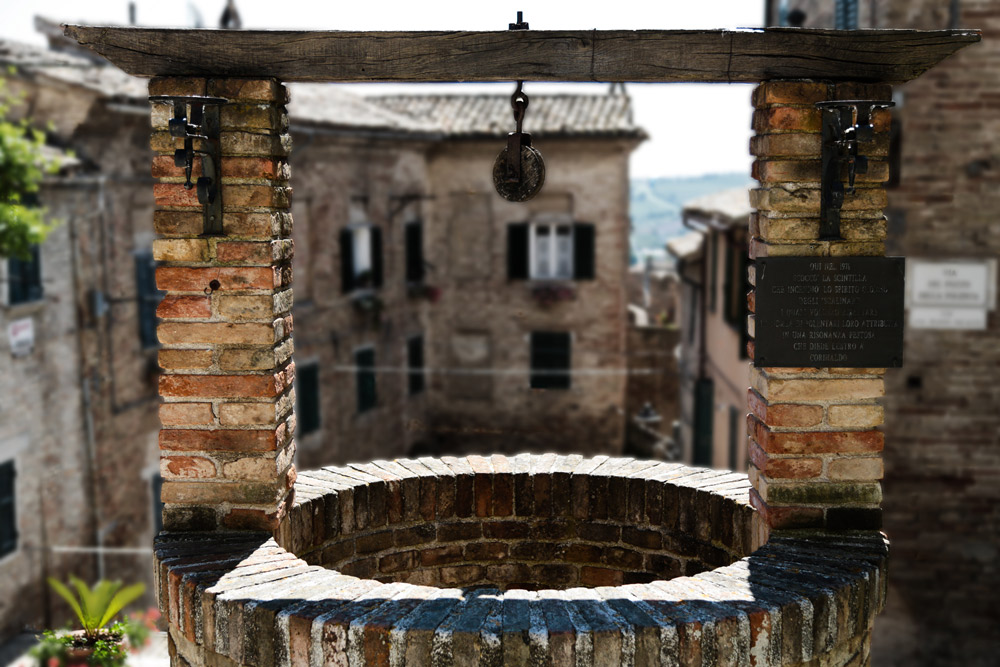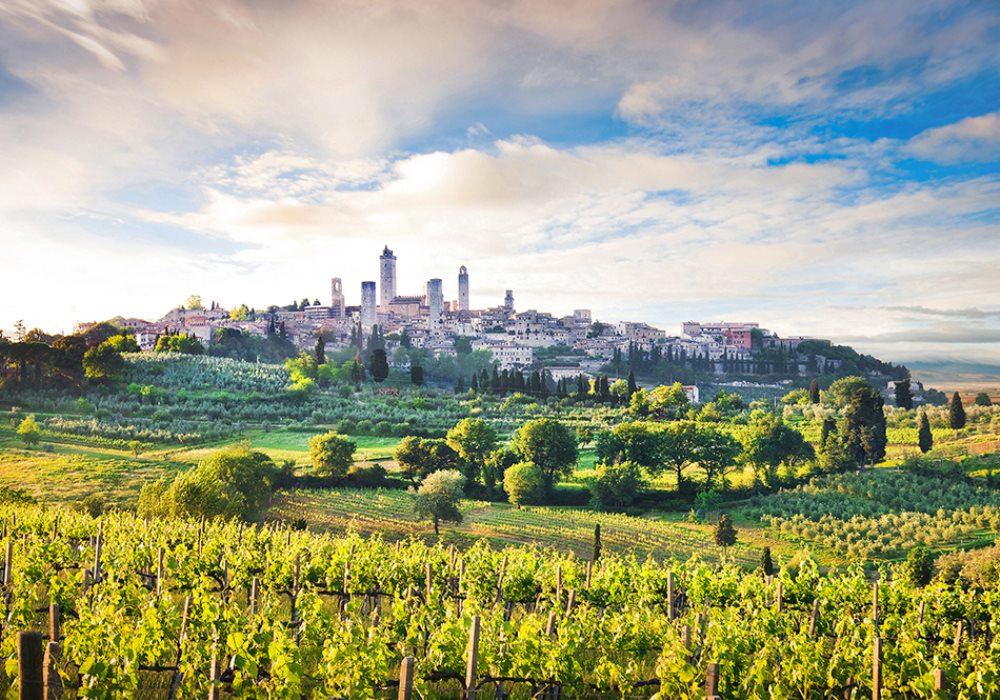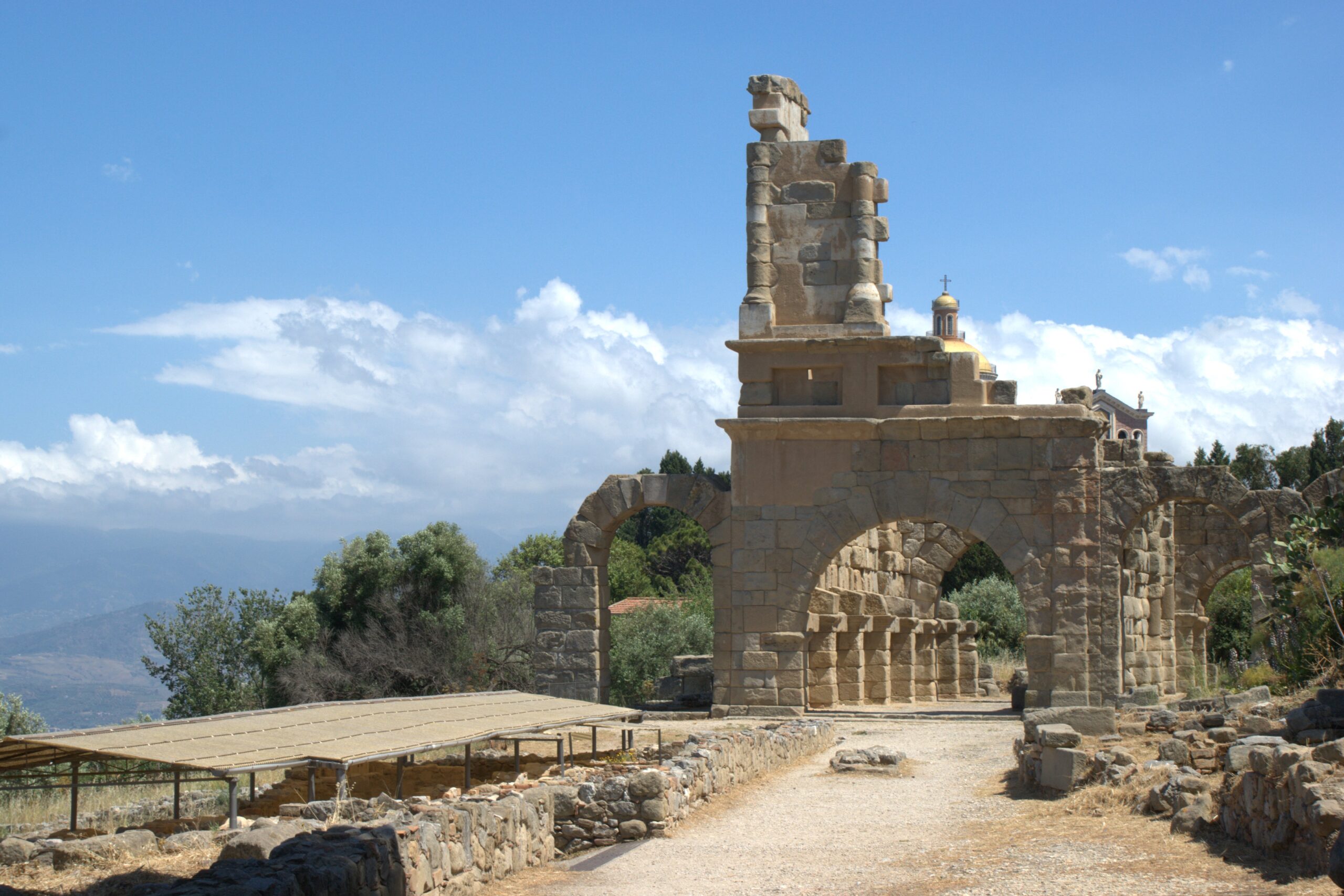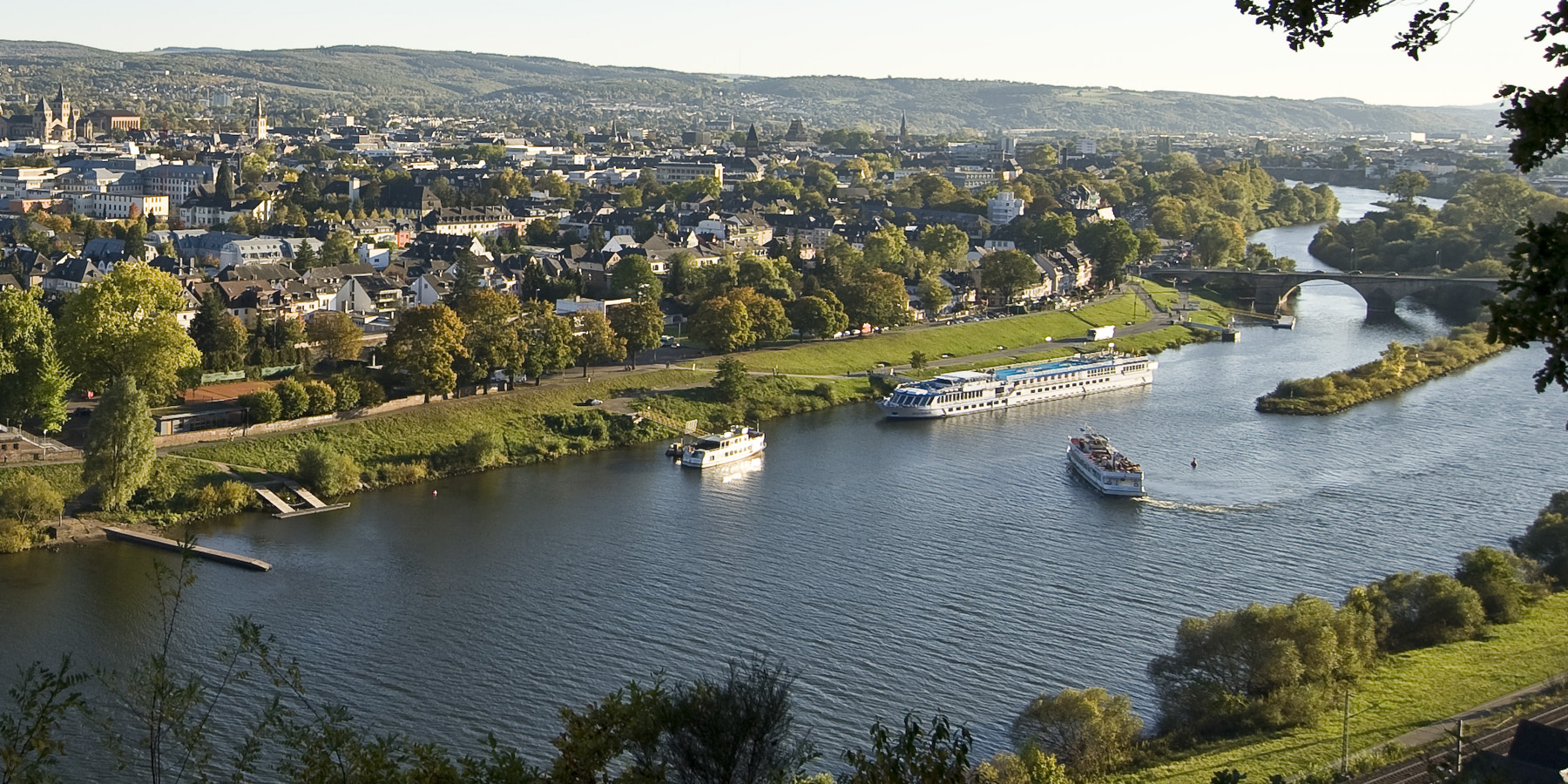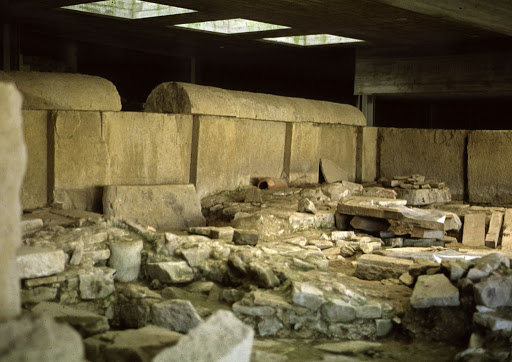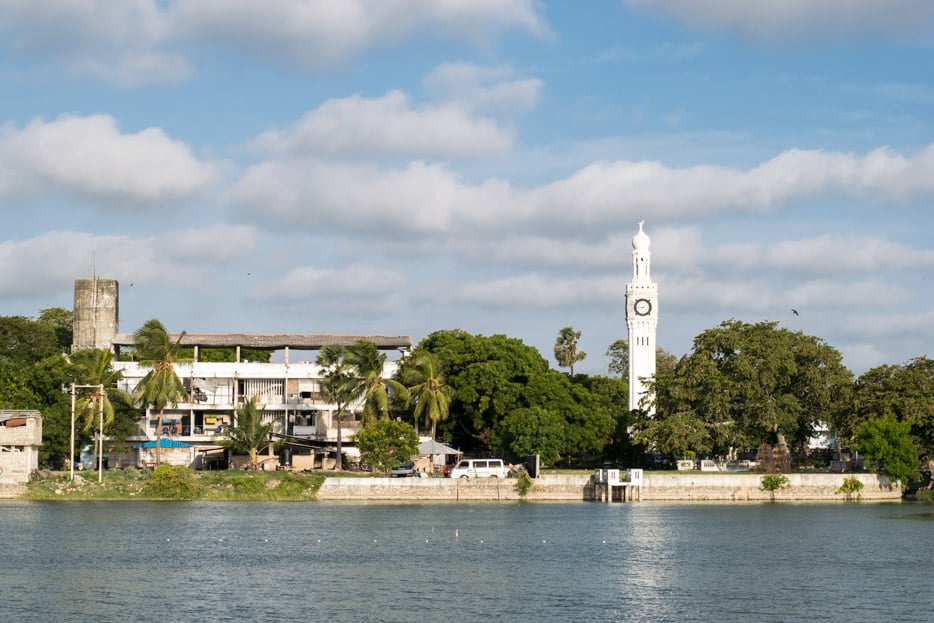According to Christian history, St. James arrives in the Iberian Peninsula after the death of Jesus, when the Apostles split up around the world to preach his word. Later, perhaps disappointed by the lack of success of his pastoral work, he returns to Palestine where he encounters martyrdom and death.
Legend has it that his faithful disciples embarked the Apostle’s decapitated body on an unmanned ship but which, guided by an angel, reached the coast of Galicia.After various vicissitudes, the saint was buried at the site on which, a few centuries later, the Cathedral of Santiago de Compostela would be built: the Obraidoro, one of the most majestic works of Christian architecture and an uninterrupted pilgrimage destination for more than a millennium.
Equally true is that today, the city is the administrative capital of the autonomous region of Galicia and home to a university. In addition to the spiritual, therefore, there is an intense cultural life and leisure offerings comparable to those of any other major Spanish city.
Pilgrims are a regular gathering in Compostela; according to traditional iconography they go around with their walking stick and concha, the vieira shell that is the symbol of the pilgrimage, hanging around their necks. Most of them reach Santiago after a journey of hundreds of kilometers on foot, a route that can also be done on horseback or bicycle.
